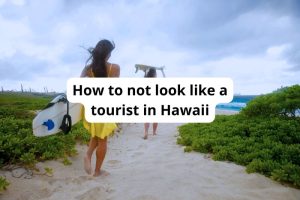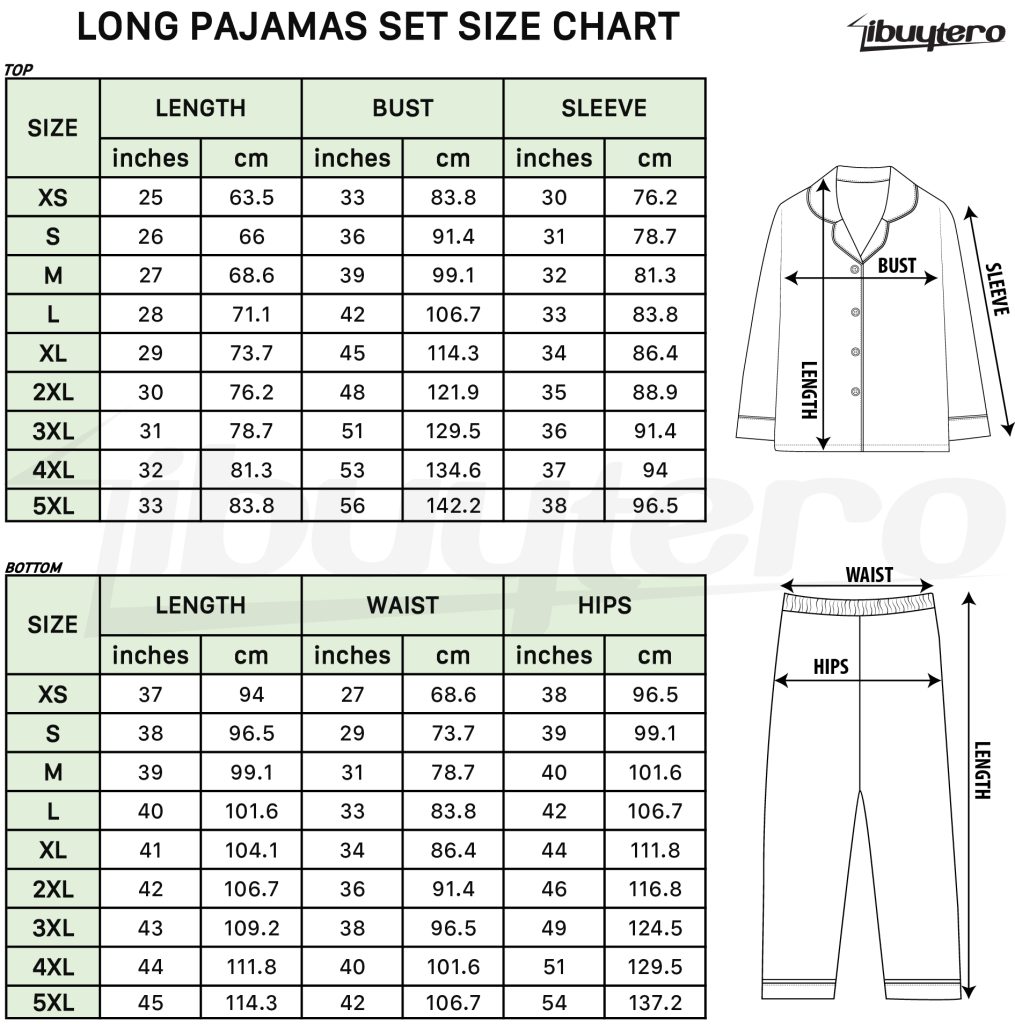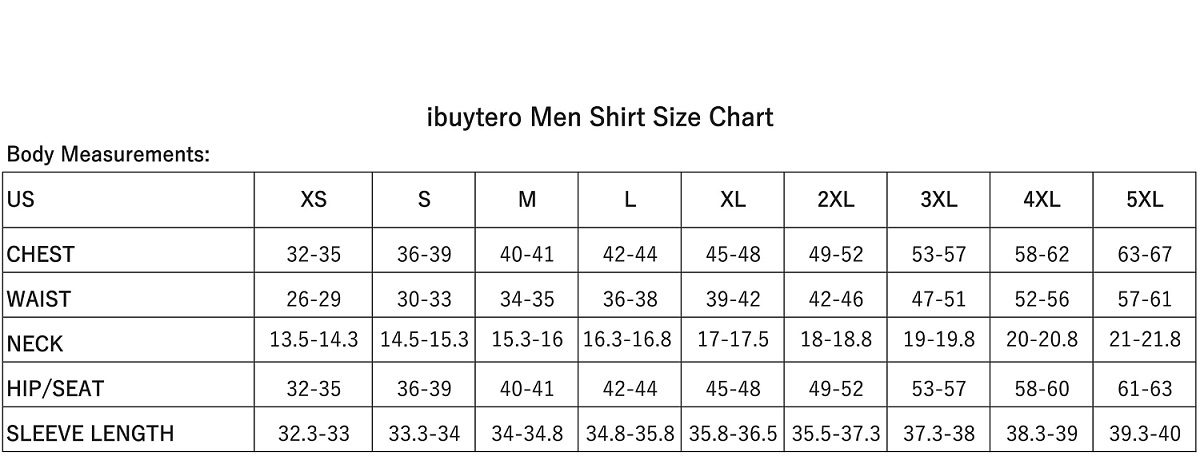Hawaii Holiday Guide
Hawaii Holiday celebrations offer a unique blend of vibrant traditions and cultural festivities. From honoring historic figures to celebrating local customs, Hawaii’s holidays provide an exceptional glimpse into the island’s rich heritage. Whether you’re visiting for a specific festival or simply exploring, experiencing these events will deepen your appreciation for Hawaiian culture. Discover the significance of key holidays and how to fully enjoy your time in paradise.
I. Important Hawaii Holidays
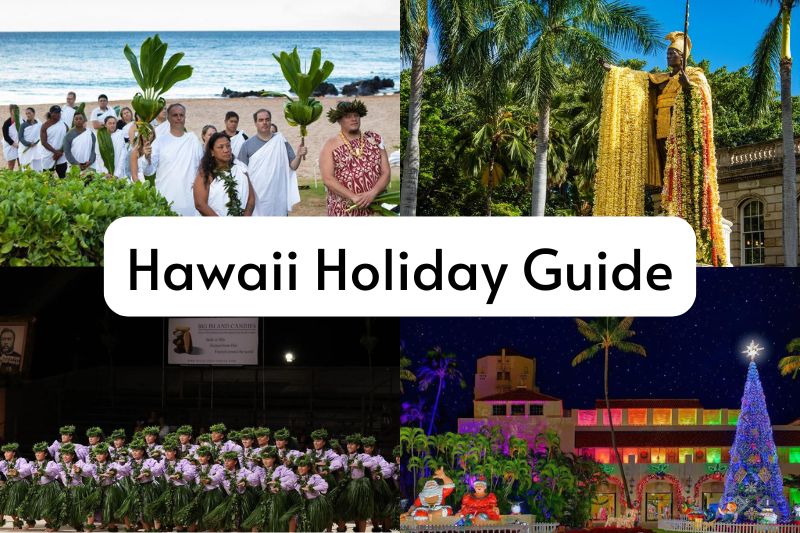
1. Queen Liliʻuokalani Day
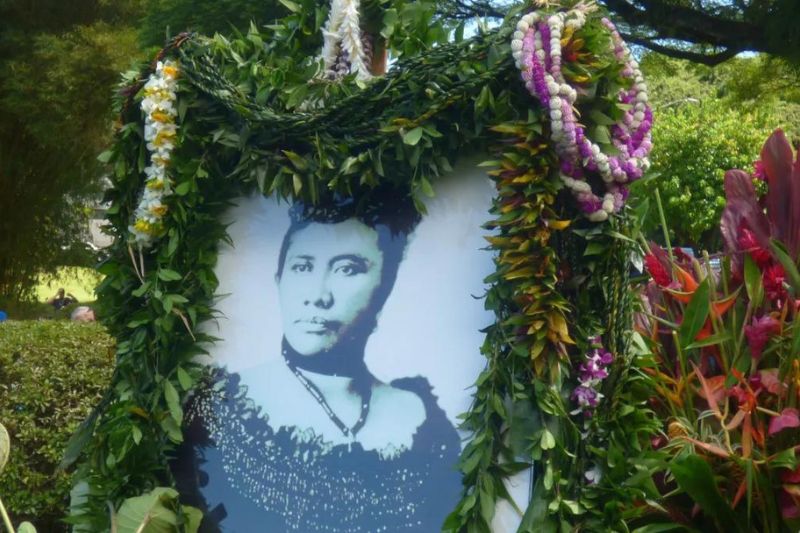
Date: September 2
Significance: Queen Liliʻuokalani Day honors the last reigning monarch of Hawaii, Queen Liliʻuokalani, who ruled from 1891 to 1893. She is revered for her deep love for her people, her efforts to preserve Hawaii’s independence, and her contributions to Hawaiian music and literature.
How it’s celebrated: Across the islands, there are often flower lei ceremonies, parades, hula performances, and cultural exhibitions that commemorate her life. You can visit her statue at the Hawaii State Capitol or attend musical tributes featuring songs she composed.
2. Kamehameha Day
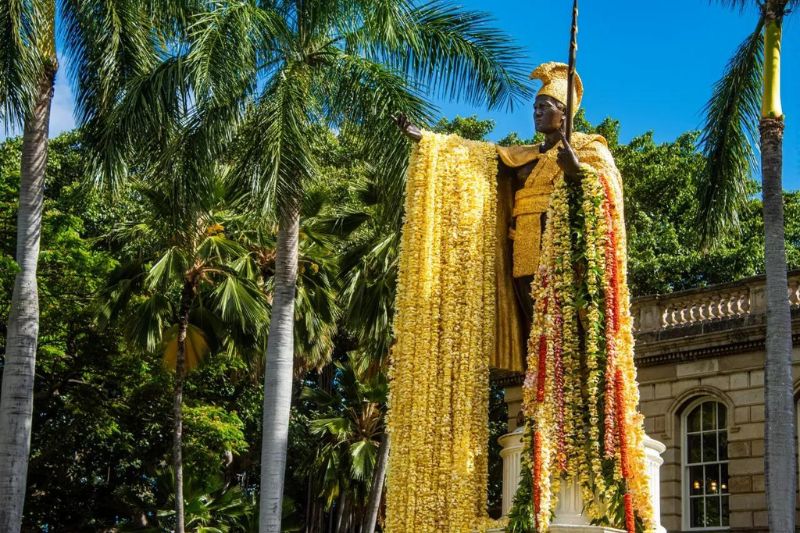
Date: June 11
Significance: Kamehameha Day celebrates King Kamehameha I, the warrior king who unified the Hawaiian Islands in the early 19th century. He played a critical role in shaping Hawaii’s history and is a symbol of strength and unity.
How it’s celebrated: Expect colorful parades with flower-covered floats, traditional music, and hula dancing. In Honolulu, a popular event is the draping of a lei over the statue of King Kamehameha. Each island also holds its own unique celebration, and visitors are welcomed to join in the festivities.
3. Merrie Monarch Festival
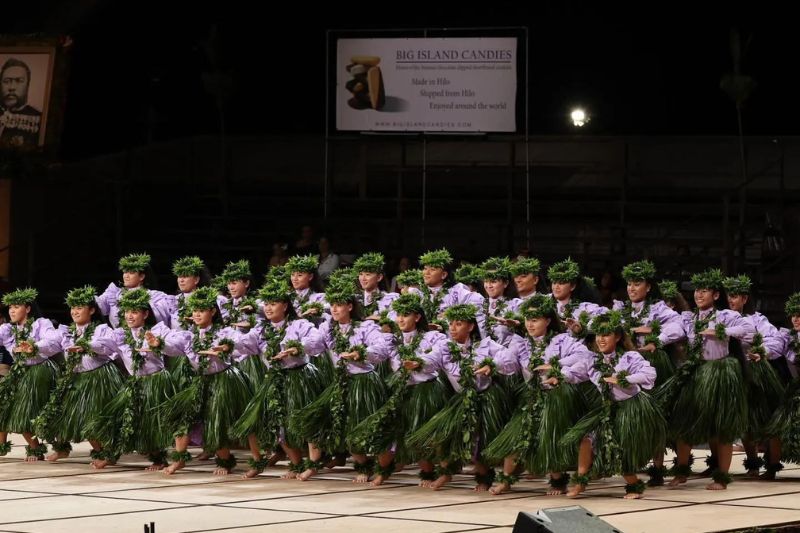
Date: Annually in April
Significance: The Merrie Monarch Festival is the most prestigious hula competition in the world, held in honor of King David Kalākaua, who revived many Hawaiian cultural traditions, including hula. This week-long event is a celebration of Hawaiian culture, history, and artistry.
How it’s celebrated: The festival takes place in Hilo on the Big Island and includes hula competitions, a grand parade, art exhibits, and craft fairs. Tickets to the main competition are in high demand, so plan ahead. Even if you can’t attend the competition, the surrounding events are worth experiencing to witness authentic Hawaiian craftsmanship and dance.
4. Hawaiian Thanksgiving
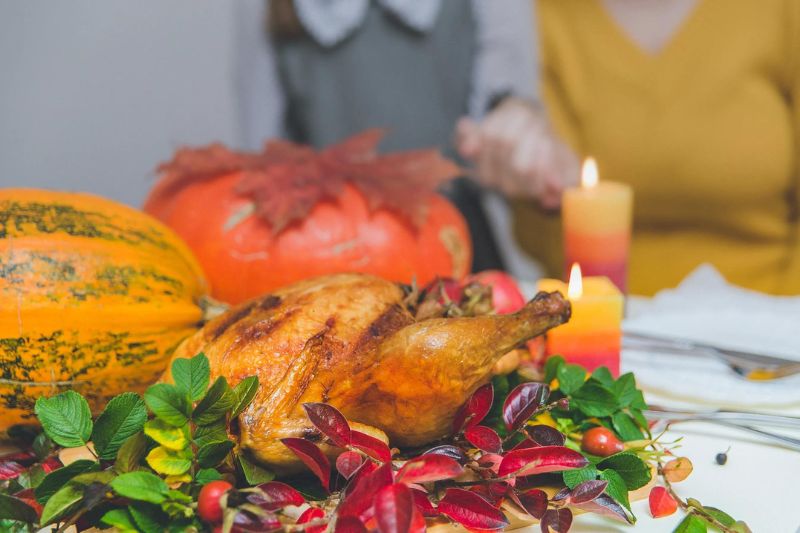
Date: Last Thursday of November
Significance: Like the rest of the United States, Hawaii celebrates Thanksgiving. However, the islands put a unique local spin on the holiday, blending traditional American customs with Hawaiian flavors and community traditions.
How it’s celebrated: Many families host large gatherings with a Hawaiian feast, often including roasted kalua pig, poke, and lomi salmon alongside turkey and other typical dishes. Community events and luaus are common during this time, offering visitors a chance to partake in the celebration and enjoy local cuisine.
5. Christmas in Hawaii
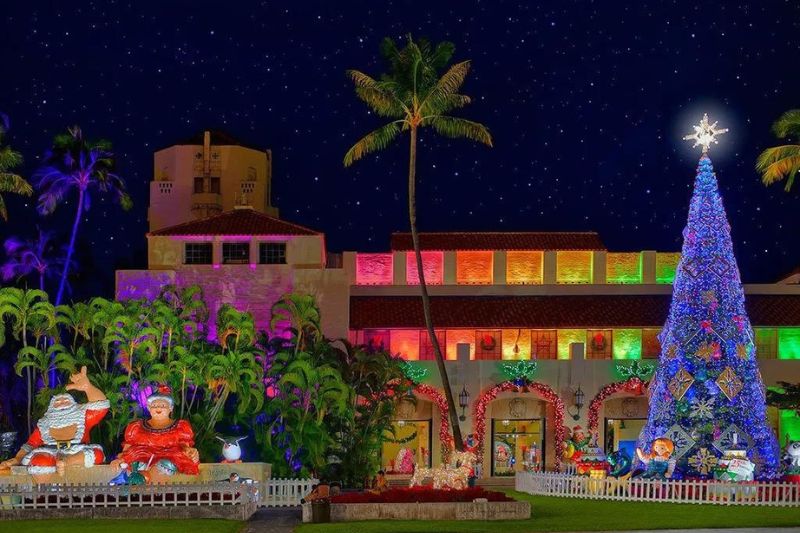
Date: December 25
Significance: Christmas in Hawaii is a vibrant, tropical version of the traditional holiday. Though the climate might be warm, the festive spirit is everywhere, with unique Hawaiian touches.
How it’s celebrated: You’ll see Christmas trees decorated with seashells, flower leis, and local crafts. Santa Claus sometimes arrives on a canoe or surfboard, reflecting the island’s oceanic culture. Christmas hula performances, light parades, and outdoor concerts are popular activities. If you visit during this season, be sure to enjoy a festive luau featuring both holiday classics and traditional Hawaiian fare.
6. Makahiki Season
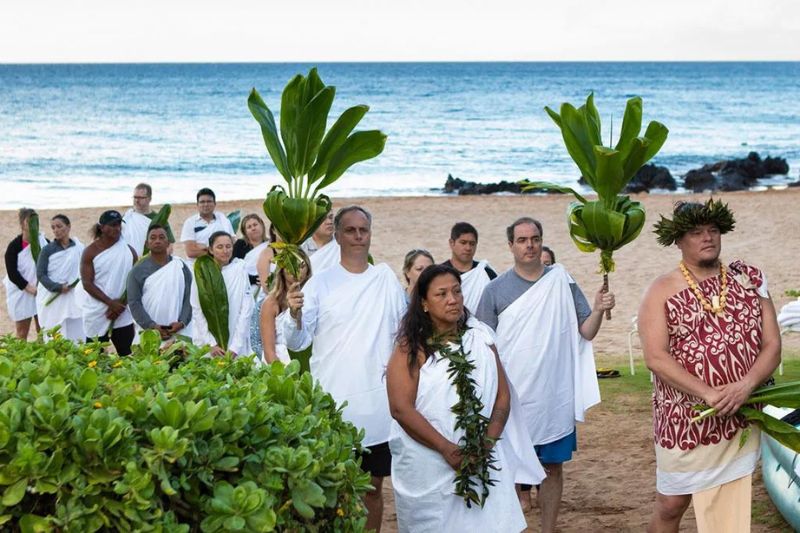
Date: November to February
Significance: Makahiki is an ancient Hawaiian festival that marks the season of peace, prosperity, and the celebration of Lono, the god of agriculture, fertility, and rainfall. It’s a time for rest and renewal, offering thanks for the harvest and the blessings of the year.
How it’s celebrated: During this period, ancient Hawaiians would cease all wars and conflicts, focusing on games, religious ceremonies, and feasting. Today, there are cultural events, traditional games like ‘ulu maika (a form of bowling), and ceremonies that honor Hawaiian ancestors and gods. If you visit during Makahiki, try to attend one of these community gatherings to get a glimpse into Hawaii’s deep-rooted cultural practices.
7. Prince Kūhiō Day
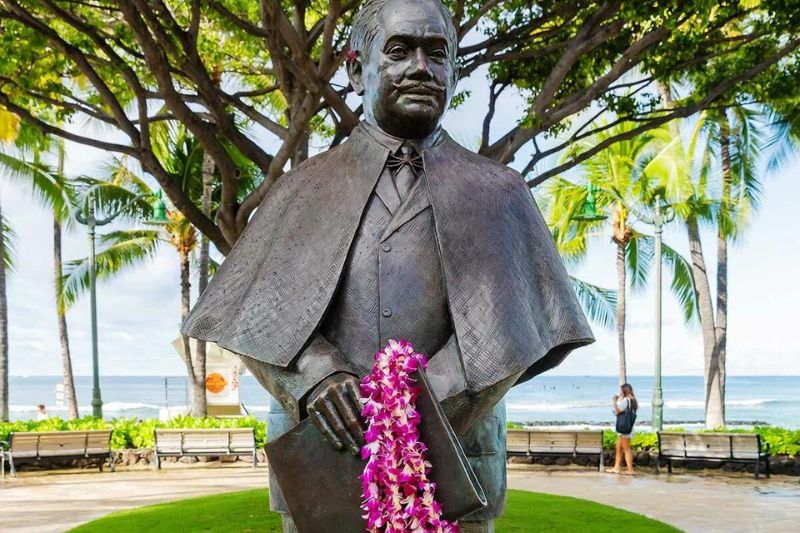
Date: March 26
Significance: Prince Jonah Kūhiō Kalanianaʻole is remembered for his work as a delegate to the U.S. Congress and his role in advocating for the rights of Native Hawaiians. He was instrumental in passing the Hawaiian Homes Commission Act of 1921, which provided land for native Hawaiian homesteads.
How it’s celebrated: On this day, there are often parades, festivals, and cultural programs across the islands, especially on Oahu, where Prince Kūhiō was born. These events typically feature hula performances, speeches, and demonstrations of traditional Hawaiian arts like canoe carving and lei making.
8. Lei Day
Date: May 1
Significance: Lei Day is a celebration of the Hawaiian lei, the flower garland that symbolizes love, friendship, and aloha. Lei have been used in Hawaii for centuries in ceremonies and as gifts, and this day honors that tradition.
How it’s celebrated: Lei-making contests, hula performances, and lei exchanges are common. The main event takes place at Queen Kapiʻolani Park in Honolulu, where there’s a full day of activities, including live music, cultural demonstrations, and plenty of opportunities to make or receive your own lei.
II. Tips for enjoying Hawaii during Holiday Seasons
Book early: Hawaii is a popular destination year-round, but during major holidays like Christmas, Thanksgiving, and the Merrie Monarch Festival, accommodations and flights can book up quickly. Plan your trip well in advance to ensure availability.
Embrace local customs: Participating in local traditions and holidays is a wonderful way to connect with Hawaiian culture. From wearing a lei on Lei Day to attending hula performances, these experiences will make your trip more meaningful.
Try traditional foods: Many holidays in Hawaii are accompanied by special dishes that reflect both native Hawaiian and immigrant influences. Don’t miss the chance to taste local delicacies like laulau (pork wrapped in taro leaves), haupia (coconut pudding), and poke (seasoned raw fish).
III. Conclusion
Hawaii’s holidays offer a deep connection to the islands’ rich history and diverse culture. By timing your visit to coincide with one of these unique celebrations, you’ll gain a deeper appreciation for the traditions that make Hawaii special. Whether you’re attending a lei-making ceremony or watching a hula performance, Hawaii’s holidays are an invitation to experience the spirit of aloha in its most authentic form.
Discover the unique appeal of trucker hats and Hawaiian shirts, two iconic fashion pieces that blend comfort and individuality. At ibuytero, we offer a curated selection of both, perfect for those who appreciate laid-back style with a touch of personality. Explore our shop to find top-quality trucker hats and vibrant Hawaiian shirts that suit any casual occasion. Follow us on Pinterest to keep up to date with the latest products.
You can refer to the articles below for more helpful information:
- The significance and history of Labor Day in the USA
- Origin of Father’s Day
- Things to do in Hawaii during Christmas 2024





